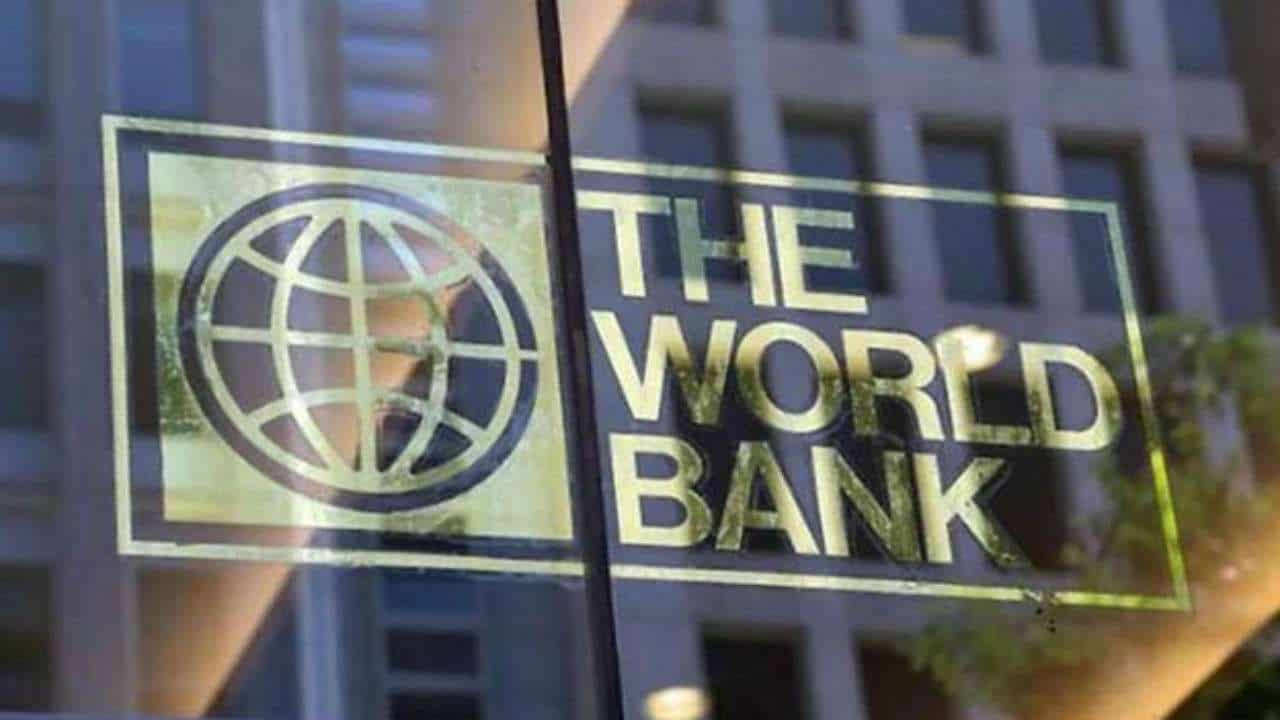Dubai, UAE — Remittance flows to the Middle East and North Africa (MENA) are expected to increase marginally in 2023 and 2024 after witnessing a nearly 4 percent drop in 2022 to $64 billion, a World Bank report said.
The remittances are likely to increase by 1.7 percent in 2023 and by 1.8 percent the following year, the World Bank said in its Migration and Development report.
An increase of 1.7 percent is higher than the estimated 1.4 percent growth (reaching $656 billion) in officially recorded remittance flows to low- and middle-income countries (LMICs) in 2023, the report has said.
It said the economic activity in remittance source countries is set to soften, limiting employment and wage gains for migrants.
The 3.8 percent drop in the flows in 2022 was driven mainly by a drop in flows to Egypt and downturns in flows to Algeria and Jordan.
Economies in the region that saw slight gains in remittance flows included several Maghreb countries of Algeria, Libya, Mauritania, Morocco, and Tunisia.
Sending $200 to the region cost on average 6.2 percent in the fourth quarter of 2022, down from 6.4 percent a year ago, the report said.
During 2022, remittances were supported by strong oil prices in the Gulf Cooperation Council (GCC) countries, which increased migrants’ incomes; large money transfers from the Russian Federation to countries in Central Asia; and the strong labor market in the United States and advanced migrant destination economies, the report reads.
By region, remittance inflows grew by 0.7 percent in East Asia and the Pacific, 19 percent in Europe and Central Asia, 11.3 percent in Latin America and the Caribbean, 12.2 percent in South Asia, and 6.1 percent in Sub-Saharan Africa.
The top six recipient countries for remittances in 2022 were India (receiving $111 billion), Mexico ($61 billion), China ($51 billion), the Philippines ($38 billion), and Pakistan ($30 billion) and Bangladesh ($22 billion).
Economies where remittance inflows represent large shares of GDP—highlighting the importance of remittances for funding current account and fiscal shortfalls— include Tajikistan (51 percent of GDP), Tonga (44 percent), Lebanon (36 percent), Samoa (34 percent) and the Kyrgyz Republic (31 percent).

